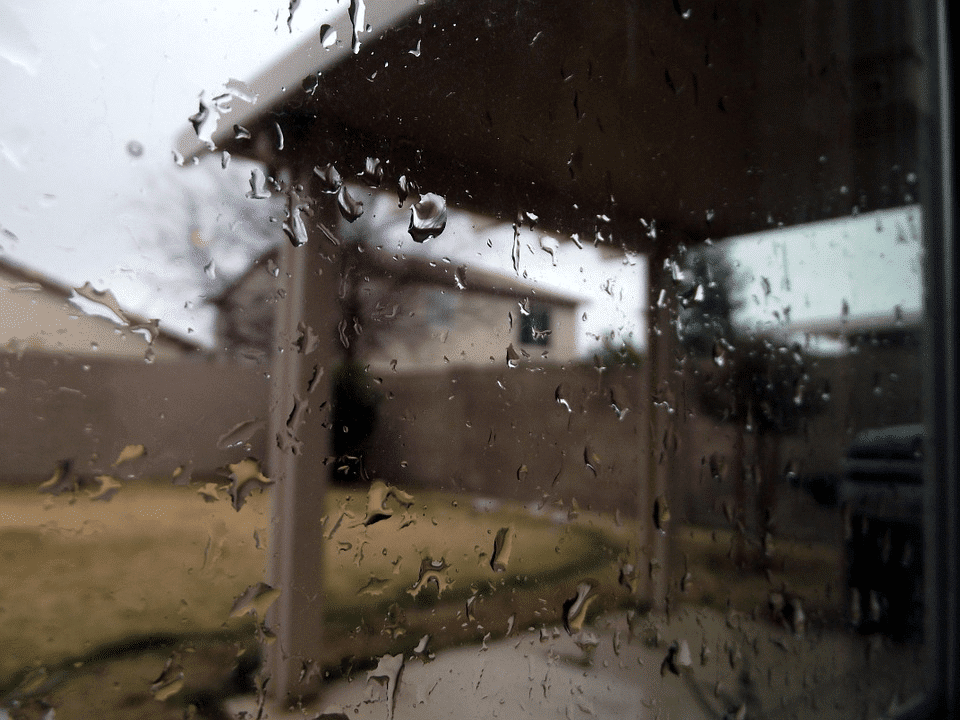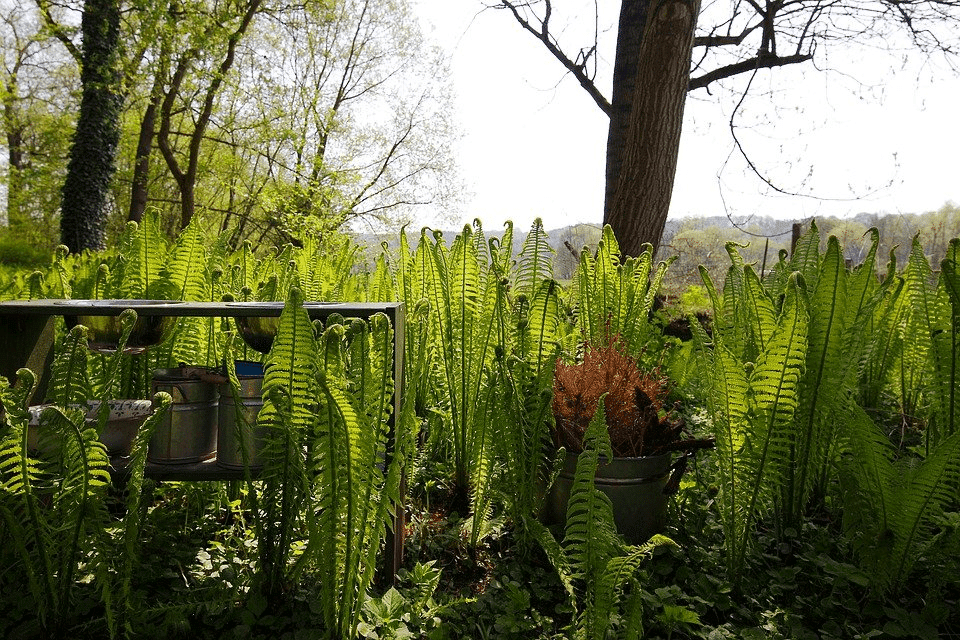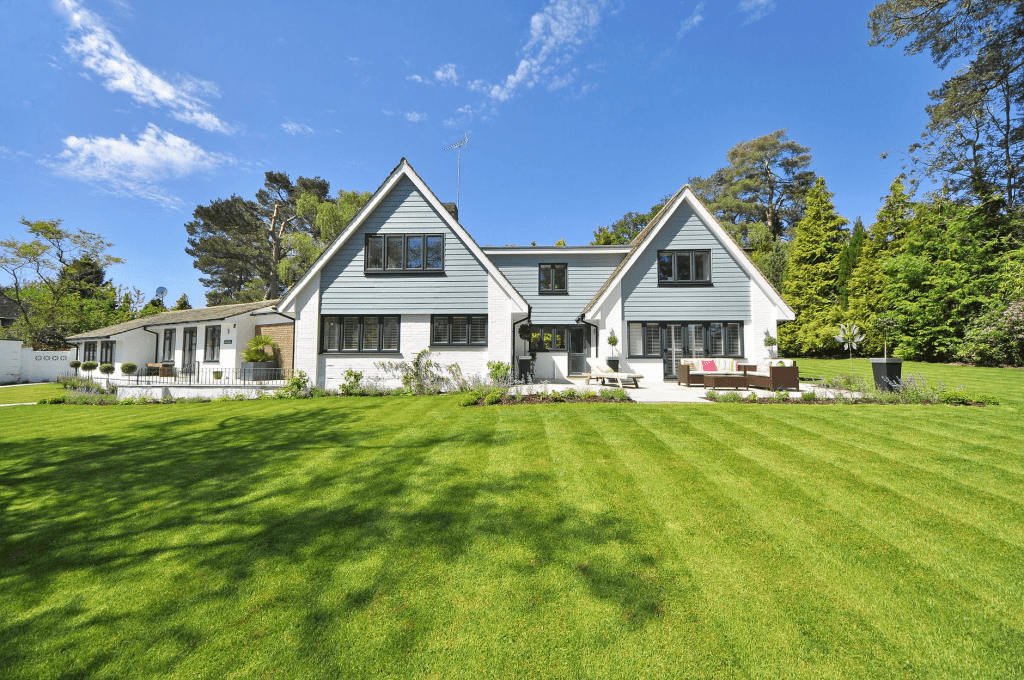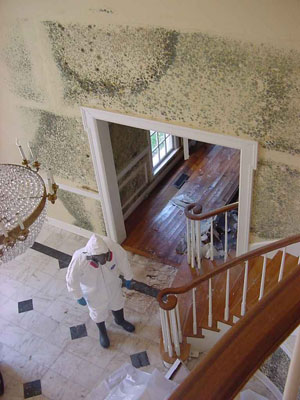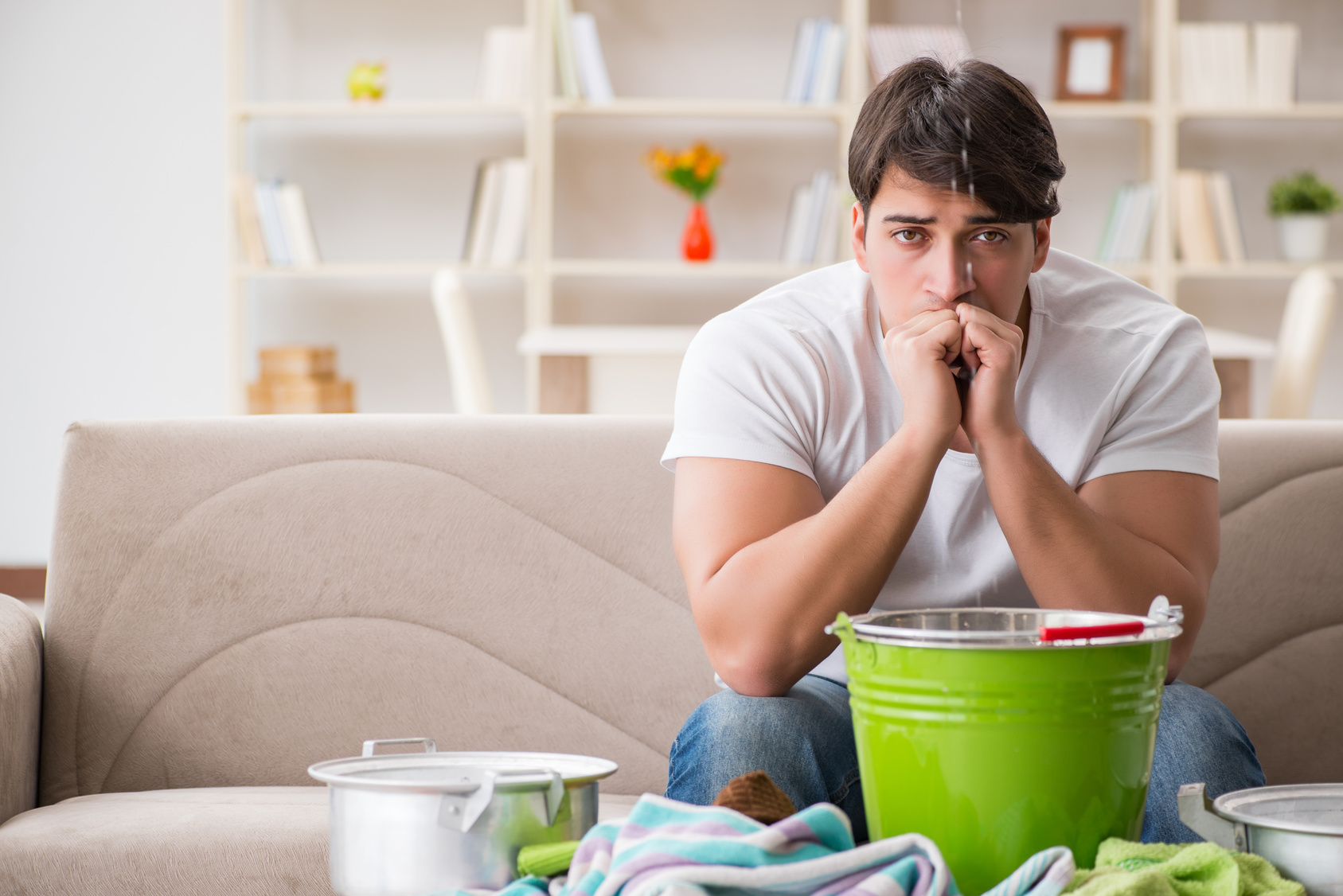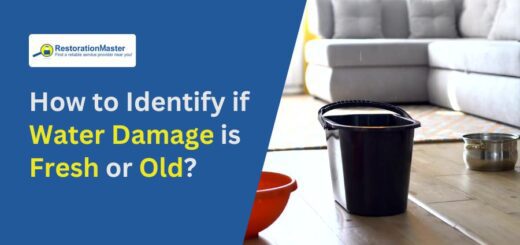How to Prevent a Soggy Yard After a Heavy Rain
As a homeowner, you enjoy staying safe and cozy at home during a storm, listening to the sound of the soothing rain and appreciating the water it provides to your lawn and garden. But what you don’t appreciate is the hassle of the soggy and muddy yard that a heavy rainstorm leaves behind.
If your yard dries out in a day or so, that means that you have proper drainage. But if it isn’t dryingDrying is the process of removing moisture from materials, s... More out that quickly, you have a problem. This is not only bad for your yard, but a soggy yard could leadLead is a heavy metal that can be toxic to humans, especiall... More to water damage within your home as well. So how do you remedy a soggy yard after heavy rain?
There are a few options including adjusting soil texture and adding native plant species, but one of the best places to start is to think about installing a drainage system. There are different options for drain installations available so you need to observe the flow of the water when it rains and decide which option will work best for the layout of your yard.
Drain System Options
Although there are different options available for drainage in your property after a storm, the most common and efficient option is a French drain. A French drain is designed to mimic how water should flow naturally. In other words, it is a drain that helps water flow downhill and away from your house as water likes to take the path of least resistance.
Water that flows naturally takes the easiest route possible, which is down. If your yard doesn’t have the right slope, you end up with the predicament you are currently in where the water pools and causes a soggy yard for days.
Installing a French drain ensures that the water will flow out and away from your yard. Using a technique developed by a farmer who studied farm drainage, a French drain is designed to catch the excess water flow in a trench which then sends the water into a pipe and out of your yard.
It is possible to install a French drain yourself, but many homeowners leave it to the professionals to ensure that the drain is installed safely and successfully. Installing it yourself takes a lot of physical labor as well as supplies and time.
You might also have areas where water pools on your driveway or patio. This can cause your hardscape surfaces to erode more quickly. Not to mention the risk of slips and falls caused by the constantly wet surface.
The best solutionA solution is a homogeneous mixture of two or more substance... More may be to have a driveway drain or trench drain installed. This will allow the water to flow away from the area and drain along the desired route. This simple solutionA solution is a homogeneous mixture of two or more substance... More will give you the ability to continuously remove heavy rainwater effectively.
Whichever type of drain you chose to install; you will be glad you did when the next rain comes and you no longer have a muddy yard or flooded patio the next day.
Change Your Soil Texture
If you want to try a smaller solutionA solution is a homogeneous mixture of two or more substance... More first before installing a drain, or if you only have a small part of your yard that collects water, you may want to think about investing in some bags of sand from your local hardware store. Oftentimes the texture of your soil can be the culprit for a muddy yard after a big storm.
Soil that is filled with dense dirt or clay tends to hold on to water longer which causes puddles and drainage problems. Before investing in a large amount of sand, you will want to experiment with a smaller section of your yard. Although sand can help immensely for drainage purposes, it also means you may need to reseed your yard which takes time and money.
Starting with a small area first allows you to make sure that the sand will help solve the problem before you tackle the entire yard. So before you aerate the entire yard, start with a small section. Choose a small section of soil and till it to give it space to breathe and for the sand to mix in. Add sand to the top six inches of the soil and notice what happens after the next heavy rainstorm.
Smaller Solutions
If your yard already has a drain, or you install a drain and notice there are still small areas where water is collecting, a simple landscape update can help solve the problem. For years, gardeners have studied plants to figure out which plant species specifically help with natural erosion.
Shrubs and ferns tend to be the best at helping to soak up small puddles of water as these plants naturally soak up more water in their roots. Not only do these plants help with erosion control, but they do well in shaded, moist environments so you don’t have to worry about whether they will be happy with where you plant them.
Investing in native plant species to help with erosion and drainage problems in your yard is a cost-effective and environmentally friendly way to solve your small soggy yard problem. Using plants will improve the aesthetics of your yard as well as improve the soil properties as the roots will help to mix up the soil over time.
Fill Up Empty Space
If you have tried sand, native plants, and even drains but notice that you still have certain areas of your yard that stay soggy, it may be that the grade and slope of your yard needs to be adjusted. Try adding some topsoil to the spaces in your yard that hold on to water longer.
Remember that you want the water to flow away from the foundation of your house so make sure that you are sloping the soil in the correct direction. Depending on how much soil you add, you may want to add more plants or sod to help the yard flow evenly.
The Right Plan for Your Yard
Every homeowner’s yard is different which is why sometimes you have to do some experimenting to figure out which drainage technique is best for your yard. Using a drain will work for almost any yard with large runoffRunoff is water from rain or other sources that flows over s... More issues.
Most homeowners enjoy a fresh update, so investing in some native plant species to help with water puddles is a benefit in more ways than one. Whichever method you use, during the next clap of thunder you won’t feel dread knowing there is a big mess waiting for you the next day and instead can enjoy a dry yard when the sun comes out again.










